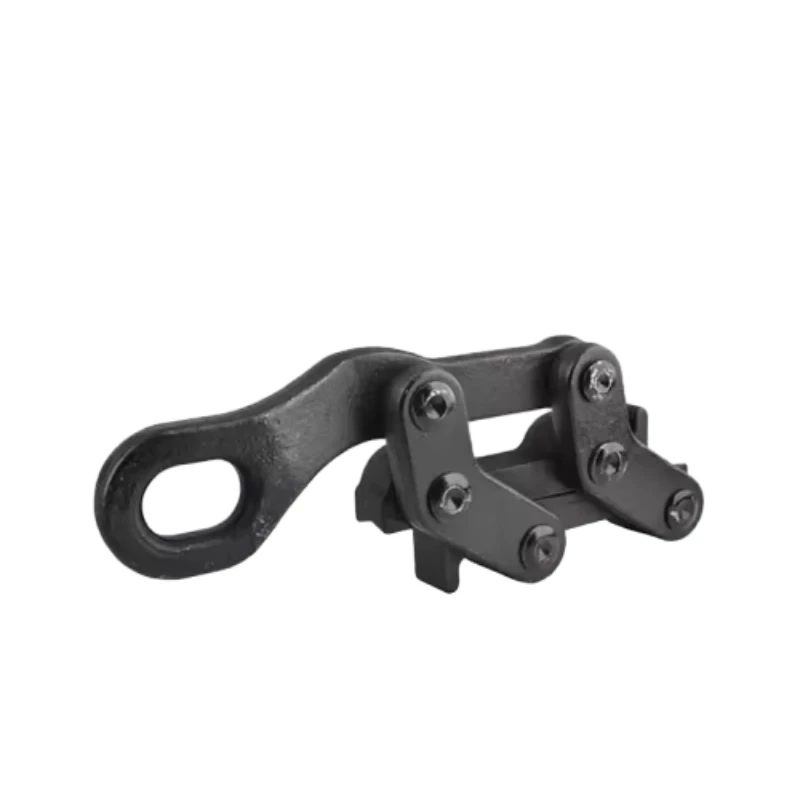
-
 Afrikaans
Afrikaans -
 Albanian
Albanian -
 Amharic
Amharic -
 Arabic
Arabic -
 Armenian
Armenian -
 Azerbaijani
Azerbaijani -
 Basque
Basque -
 Belarusian
Belarusian -
 Bengali
Bengali -
 Bosnian
Bosnian -
 Bulgarian
Bulgarian -
 Catalan
Catalan -
 Cebuano
Cebuano -
 Corsican
Corsican -
 Croatian
Croatian -
 Czech
Czech -
 Danish
Danish -
 Dutch
Dutch -
 English
English -
 Esperanto
Esperanto -
 Estonian
Estonian -
 Finnish
Finnish -
 French
French -
 Frisian
Frisian -
 Galician
Galician -
 Georgian
Georgian -
 German
German -
 Greek
Greek -
 Gujarati
Gujarati -
 Haitian Creole
Haitian Creole -
 hausa
hausa -
 hawaiian
hawaiian -
 Hebrew
Hebrew -
 Hindi
Hindi -
 Miao
Miao -
 Hungarian
Hungarian -
 Icelandic
Icelandic -
 igbo
igbo -
 Indonesian
Indonesian -
 irish
irish -
 Italian
Italian -
 Japanese
Japanese -
 Javanese
Javanese -
 Kannada
Kannada -
 kazakh
kazakh -
 Khmer
Khmer -
 Rwandese
Rwandese -
 Korean
Korean -
 Kurdish
Kurdish -
 Kyrgyz
Kyrgyz -
 Lao
Lao -
 Latin
Latin -
 Latvian
Latvian -
 Lithuanian
Lithuanian -
 Luxembourgish
Luxembourgish -
 Macedonian
Macedonian -
 Malgashi
Malgashi -
 Malay
Malay -
 Malayalam
Malayalam -
 Maltese
Maltese -
 Maori
Maori -
 Marathi
Marathi -
 Mongolian
Mongolian -
 Myanmar
Myanmar -
 Nepali
Nepali -
 Norwegian
Norwegian -
 Norwegian
Norwegian -
 Occitan
Occitan -
 Pashto
Pashto -
 Persian
Persian -
 Polish
Polish -
 Portuguese
Portuguese -
 Punjabi
Punjabi -
 Romanian
Romanian -
 Russian
Russian -
 Samoan
Samoan -
 Scottish Gaelic
Scottish Gaelic -
 Serbian
Serbian -
 Sesotho
Sesotho -
 Shona
Shona -
 Sindhi
Sindhi -
 Sinhala
Sinhala -
 Slovak
Slovak -
 Slovenian
Slovenian -
 Somali
Somali -
 Spanish
Spanish -
 Sundanese
Sundanese -
 Swahili
Swahili -
 Swedish
Swedish -
 Tagalog
Tagalog -
 Tajik
Tajik -
 Tamil
Tamil -
 Tatar
Tatar -
 Telugu
Telugu -
 Thai
Thai -
 Turkish
Turkish -
 Turkmen
Turkmen -
 Ukrainian
Ukrainian -
 Urdu
Urdu -
 Uighur
Uighur -
 Uzbek
Uzbek -
 Vietnamese
Vietnamese -
 Welsh
Welsh -
 Bantu
Bantu -
 Yiddish
Yiddish -
 Yoruba
Yoruba -
 Zulu
Zulu


szept . 13, 2024 04:05 Back to list
pulling wire with fish tape
Pulling Wire with Fish Tape A Handy Guide
When it comes to electrical installations, pulling wire can often feel like a daunting task, especially in tight spaces or through long runs. However, one of the most effective tools to simplify this process is fish tape. Fish tape, also known as draw wire, is a flexible tool that allows electricians to navigate through walls, conduit, and ceilings to pull wires conveniently.
Understanding Fish Tape
Fish tape is typically made of steel or fiberglass, offering the necessary strength and durability for withstanding the rigors of wire pulling. Its design allows it to bend and flex easily, making it possible to maneuver through twists and turns in walls or conduits. Most commonly, fish tape comes in rolls, usually measuring between 25 to 100 feet, and is equipped with a loop or hook at the end, which aids in attaching wires for easy retrieval.
Preparing for the Job
Before you begin pulling wire with fish tape, proper preparation is essential. First, ensure that you have the right type and gauge of wire for your project. Assess the route the wire will take and identify any obstacles that may hinder the process. This could include existing wiring, plumbing, or structural elements. Once you have a clear plan, gather your tools, including the fish tape, wire to be pulled, a wire cutter, and possibly some lubricant to ease the process.
pulling wire with fish tape

The Pulling Process
To start, insert the fish tape into the conduit or the opening from where you intend to pull the wire. Feed the fish tape through until it emerges from the other end. Attach the wire to the fish tape, ensuring a secure connection to prevent it from detaching during the pull. It's often useful to use electrical tape for this purpose.
Next, gently pull the fish tape back towards you, guiding the wire through the path you prepared. It's crucial to maintain steady tension throughout the process—too much force could result in damage to the wire or the surrounding materials. If you encounter resistance, take the time to assess what might be causing the blockage before proceeding.
Final Touches
Once the wire is successfully pulled through, detach it from the fish tape and trim any excess. Ensure that the wire is securely positioned and ready for connection. With some practice, pulling wire with fish tape can become a straightforward part of your electrical toolkit, making installations more efficient and less intimidating.
In conclusion, mastering the use of fish tape is invaluable for anyone involved in electrical work. This simple yet effective tool can save time, reduce frustration, and lead to cleaner installations. So, next time you face a wire pulling challenge, remember the power of fish tape—it’s a game changer!
Latest news
What Are Construction Tools and How Are They Used?
NewsJul.11,2025
Professional-Grade Duct Rodding Tools for Superior Cable Installation
NewsJul.11,2025
Enhancing Safety and Efficiency with Modern Hot Stick Solutions
NewsJul.11,2025
Empowering Cable Installation with Advanced Rodder Solutions
NewsJul.11,2025
Elevate Your Cable Installation Projects with Cable Pulling Tools
NewsJul.11,2025
Efficient Cable Handling Solutions: Cable Rollers for Sale
NewsJul.11,2025











